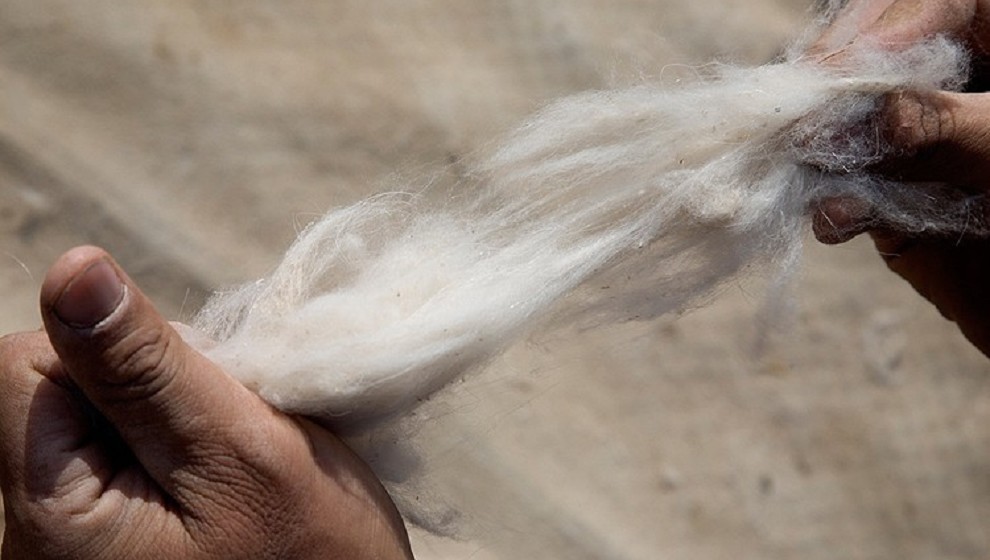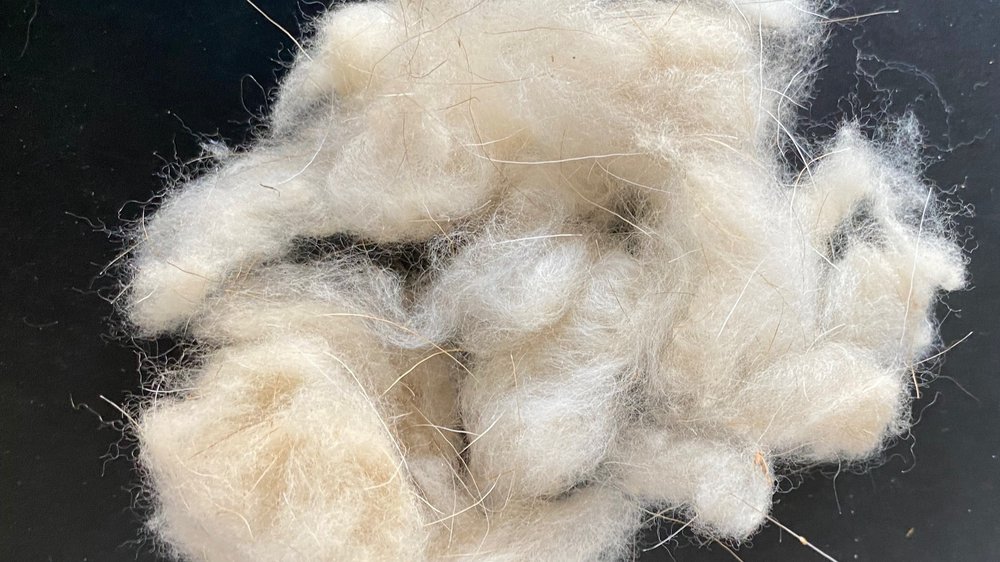Is Cashmere a Natural Fiber? Exploring Its Organic Origins and Uses
Is Cashmere a Natural Fiber? Exploring Its Organic Origins and Uses
Blog Article
Discovering the Numerous Types of Cashmere a Natural Fiber for Ultimate Luxury
Cashmere, an all-natural fiber, is frequently connected with high-end and convenience. The much more economical Chinese cashmere, the standard Scottish version, and the high-end Italian mix, all tell a various tale of this exceptional fiber.
Comprehending the Glamorous Nature of Cashmere
Cashmere, typically connected with deluxe and comfort, holds a distinct appeal worldwide of all-natural fibers. This soft, light-weight material is coveted for its exceptional warmth and amazing toughness. Unlike other all-natural fibers, cashmere combines insulation with breathability, offering unparalleled convenience across varying temperatures. Its lustrous coating and soft texture contribute to its high-end allure, validating the costs rate that typically includes cashmere garments. Additionally, cashmere's fundamental crease resistance and flexibility boost its charm, making it a preferred option for costs garments and accessories. Despite its fragile appearance, cashmere possesses a shocking durability, able to maintain its shape and extravagant feeling over time. This unique blend of attributes seals cashmere's position as an icon of sophistication and extravagance.
Just What Is Cashmere and Where Does It Come From?

Provided these exceptional qualities, one could question regarding the origin and makeup of this elegant fiber. Cashmere is originated from the soft undercoat of cashmere goats, largely discovered in Mongolia, China, Iran, and Afghanistan - is cashmere a natural fiber. These goats are adapted to rough weather conditions, producing an extremely great, soft underfur as a protection against the bitter cold. This underfur, or undercoat, is what is gathered for cashmere. Each springtime, when the goats naturally lost their winter season coat, farmers comb the fine underhair, leaving the coarser hair behind. This meticulous process contributes to the scarcity and high price of cashmere. With its beginning in the extreme landscapes of Asia, cashmere is a testimony to nature's ability to generate high-end from adversity.
Deciphering the Different Kinds Of Cashmere
Comprehending the different kinds of cashmere is essential to appreciating the high quality and special attributes of this lavish fabric. Generally, cashmere is classified right into 3 types: raw, virgin, and reused. Raw cashmere is directly acquired from the goat and is unrefined. This kind commonly has contaminations such as dust and rugged hair. Virgin cashmere, on the various other hand, is the pure, unrecycled material that is spun right into thread for the first time. It is the softest and most elegant. Recycled cashmere is made from virgin material that has actually been previously used. It is re-spun and made use of in producing lower-cost cashmere products. Translating these types is the initial step in understanding the exclusivity and value of cashmere.

The Distinct Qualities of Each Kind Of Cashmere
Having actually discovered the different classifications of cashmere, it comes to be noticeable that each type boasts its distinct set of qualities. Mongolian cashmere, for instance, is renowned for its exceptional high quality, as a result of Mongolia's rough winter seasons that produce longer and finer fibers. Alternatively, Chinese cashmere is usually more budget-friendly, though its much shorter fibers can reduce resilience. Scottish cashmere is commemorated for its elegant gentleness, an outcome of the standard water cleaning process utilizing Scotland's soft water. Italian cashmere, on the other hand, is famous for its skillful mixing and tinting methods, making it vivid and versatile. Last but not least, Indian cashmere, also called Pashmina, is cherished for its amazing agility and heat. try this Each type, hence, adds to the fabric's credibility for high-end.
Why Cashmere Is the Epitome of High-end in vogue
Cashmere holds a well-regarded setting in the world of fashion, related to as an icon of high-end and sophistication (is cashmere a natural fiber). Cashmere is acquired from the fine undercoat of Himalayan goats, recognized for their remarkable top quality fiber. Cashmere's exceptional convenience and durability make it a desired material in the production of high-end garments.
The Refine of Making Cashmere: From Goat to Garment
The journey of cashmere, from being an undercoat of a Himalayan goat to an elegant garment, is an intricate one. This blend is after that fastidiously divided, with only the soft down used for cashmere. From goat to garment, each step is a testament to the artistry, skill and persistence included in crafting cashmere.

Final Thought
To conclude, cashmere, with its natural elegance and exceptional convenience, reigns supreme worldwide of deluxe fashion. The variety in types, ranging from the soft Mongolian, lightweight Indian Pashmina, inexpensive Chinese, typical Scottish, to the vibrant Italian, exposes the convenience of this all-natural fiber. The meticulous process of transforming it from a goat to a garment better contributes to its exclusivity, making cashmere the embodiment of class and luxury.
Cashmere, a natural try this website fiber, is often connected with luxury and comfort (is cashmere a natural fiber).Cashmere, typically associated with deluxe and comfort, holds an unique allure in the globe of natural fibers. Unlike various other all-natural fibers, cashmere combines insulation with breathability, using unparalleled convenience throughout differing temperatures. Cashmere is derived from the soft undercoat of cashmere goats, largely discovered in Mongolia, China, Iran, why not look here and Afghanistan. Cashmere is obtained from the great undercoat of Himalayan goats, understood for their remarkable top quality fiber
Report this page